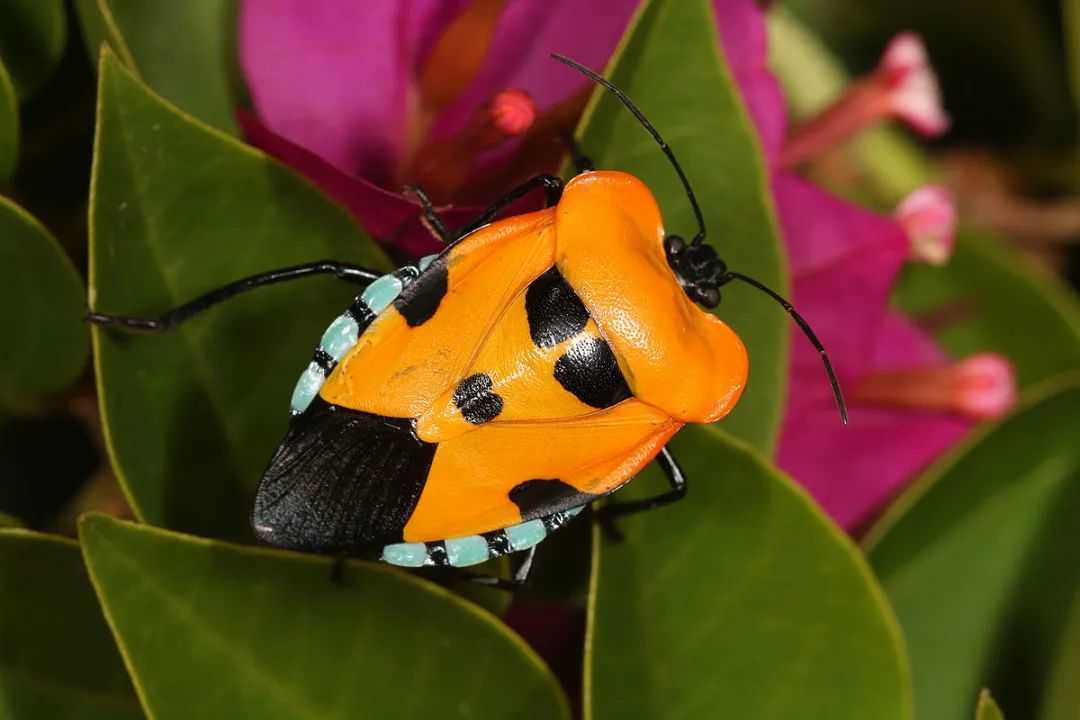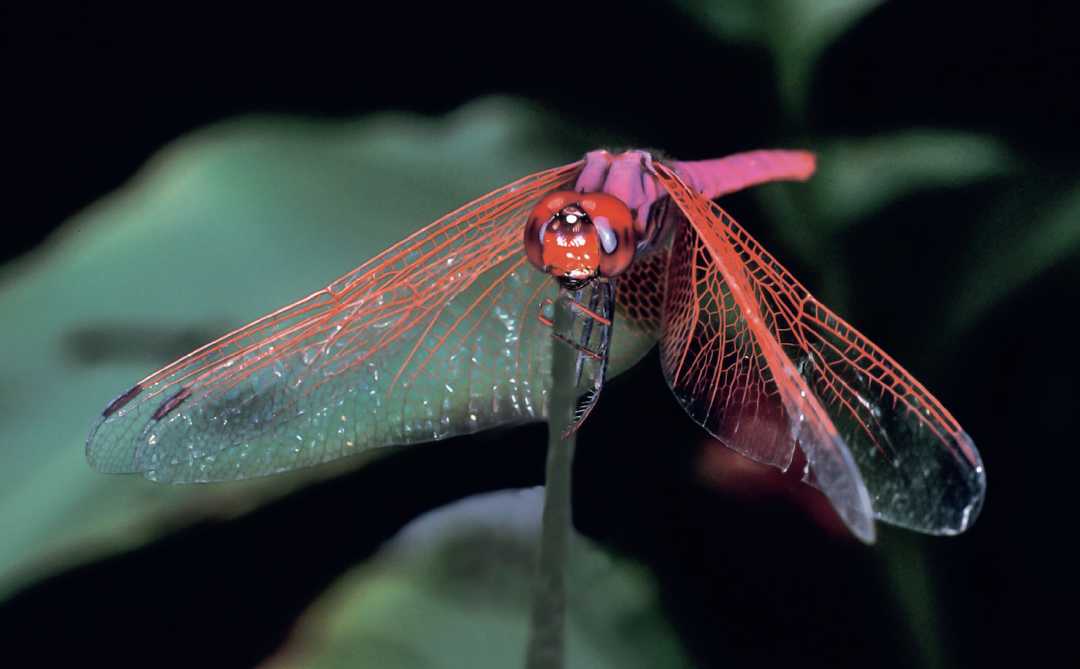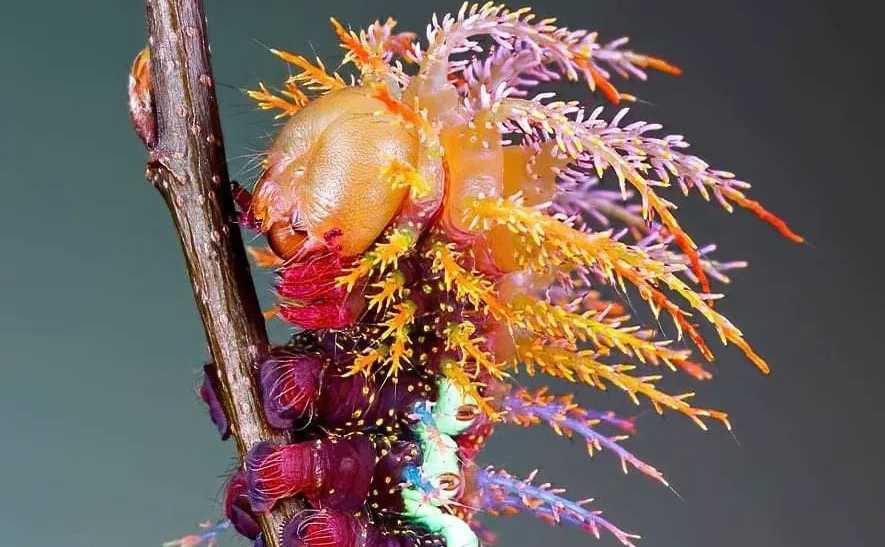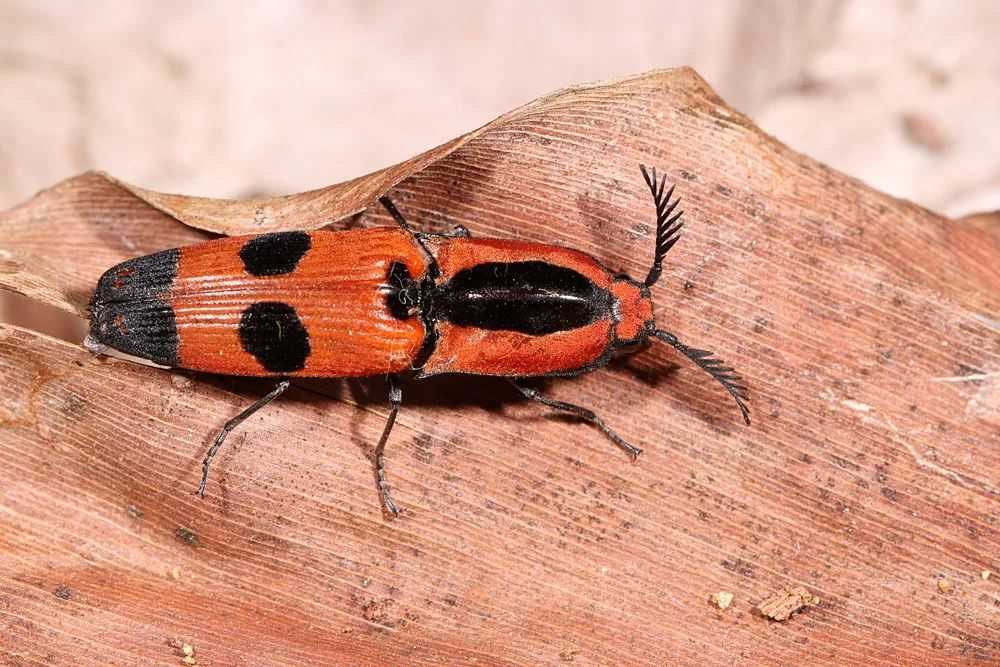Hemiptera, commonly known as "true bugs," represent a vast order of insects distinguished by their specialized mouthparts adapted for piercing and sucking. With over 80,000 species worldwide, they thrive in aquatic and terrestrial habitats, from freshwater ponds to arid deserts. Their ecological roles range from vital pollinators and decomposers to notorious agricultural pests, making them both integral to ecosystems and significant to human affairs.
Hemiptera: The Diverse 'True Bugs' Shaping Ecosystems and Human Interactions
Hemiptera, commonly known as "true bugs," represent a vast order of insects distinguished by their specialized mouthparts adapted for piercing and sucking. With over 80,000 species worldwide, they thrive in aquatic and terrestrial habitats, from freshwater ponds to arid deserts. Their ecological roles range from vital pollinators and decomposers to notorious agricultural pests, making them both integral to ecosystems and significant to human affairs.
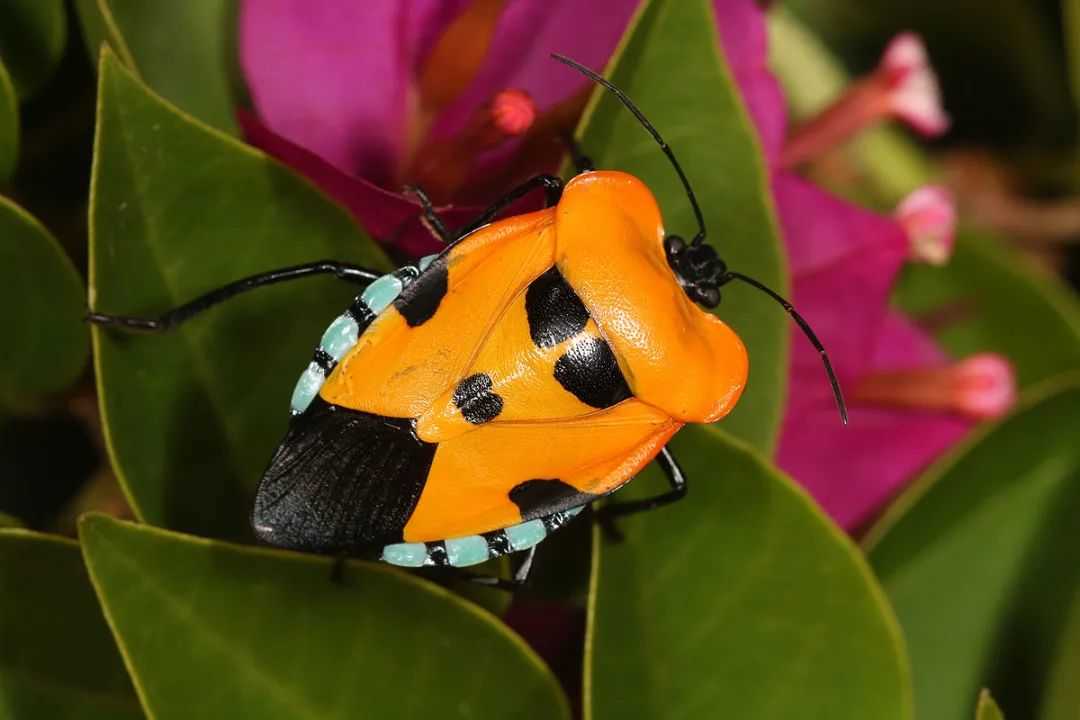
Source: Images from the Internet, if there is any infringement, please contact the removal of
The order’s defining feature is its unique mouthpart structure: a tubular rostrum that folds beneath the body when not in use, ideal for extracting sap from plants, blood from animals, or fluids from prey. This adaptation has driven remarkable diversity: cicadas produce deafening mating calls, assassin bugs hunt with lethal efficiency, and stink bugs release pungent chemicals for defense. Aquatic hemipterans like water striders exploit surface tension to glide on water, while others, like bed bugs, have evolved to survive exclusively on human blood.
Source: Images from the Internet, if there is any infringement, please contact the removal of
Hemiptera’s impact on humans is profound. Species like the squash bug damage crops, while the kissing bug transmits Chagas disease. Conversely, beneficial hemipterans such as minute pirate bugs prey on agricultural pests, and the cochineal insect produces a natural red dye. Their diversity also makes them valuable ecological indicators; water boatmen and backswimmers signal freshwater health, while plant-feeding bugs reflect vegetation diversity. For entomologists, Hemiptera’s adaptability and ecological complexity offer endless fascination, proving that even the smallest "bugs" play outsized roles in nature’s web.
Source: Images from the Internet, if there is any infringement, please contact the removal of
